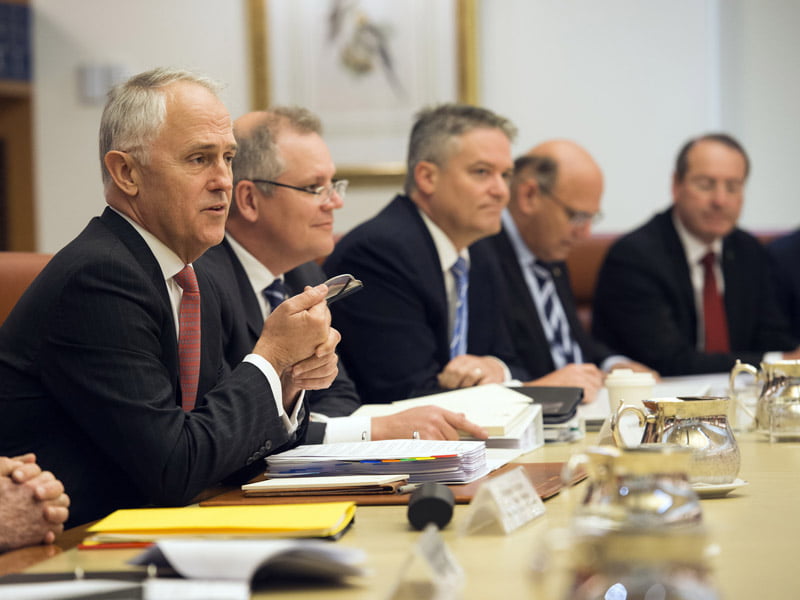The R&D Tax Incentive scheme has become muddled by middlemen and a hardening from the ATO in how claims are viewed could be scaring off the firms most in need of tax relief.
Alex McCauley, CEO of advocacy group StartupAUS believes the ATO has tightened in the way it handles R&D tax credit claims since the end of the last financial year, based on startup industry feedback.
The ATO issued a series of tax alerts in February formally signalling a crackdown.

“While most do the right thing, we are seeing some businesses in these industries and their advisors improperly applying for the tax incentive where the activities and expenditure claimed don’t match with legislative requirements,” said ATO Deputy Commissioner Michael Cranston in a statement in February.
“We are undertaking a range of compliance activities to address businesses and advisors deliberately doing the wrong thing and will take legal action against those who wilfully misuse the R&D Tax Incentive,” he said.
Another alert in late February targeted IT and software firms. The ATO was concerned claimants were not respecting the R for research in the R&D tax incentive scheme and that claims were being made for software development work that did not involve scientific experimentation to seek out fresh knowledge.
“The law states that research activity needs to genuinely be generating new knowledge. We will work with organisations that have made honest mistakes to help them rectify these errors, but are also concerned that a small number are deliberately doing the wrong thing,” said Mr Cranston.
While the latest public missives from the ATO are no doubt giving larger companies who are being too cute with their claims pause for the thought, startups running on the smell of any oily rag could be deprived.
“We need some clarity around the scope of the R&D Tax Incentive for innovative, high-growth companies engaged in development,” says Mr McCauley.
“I’ve spoken to a large number of founders on this topic, and the consistent message is that the interpretation of what constitutes development under the scheme has been narrowing.
“Some of Australia’s most successful startup founders say the R&D Tax Incentive has kept their companies in Australia – or, indeed, kept their companies alive at crucial moments. They’re now concerned that something which has been working so well might be wound back.”
There’s certainly a big bucket of tax credits to be accessed. According to the ATO, in 2013–14 financial year, more than 13,700 entities spent $19.5 billion on R&D, claiming a benefit of around $3 billion.
Mr McCauley believes there could be political pressure being applied to choke off the flow of R&D tax credits.
“There are cost-savings pressures being applied to all areas of government expenditure in the current climate,” he says.
“That those pressures should be felt by the agencies administering the R&D Tax Incentive is understandable. But if we tighten the belt in the wrong place there could be drastic consequences. We need these high-growth companies to support the next phase of our economic growth.”
The R&D tax credit scheme has spawned a mini industry consisting of finance organisations offering short term loans as well as a plethora of tax advisors.
There’s good money to be earned doling out short term loans to cash hungry start-ups secured against their entitlements to R&D tax credits.
Earlier this month superfund Media Super launched a $30 million revolving fund for short term R&D tax-anchored loans and expects a rate of return of more than 6.8 percent a year.
StartupAus had sought to have the scheme modified so that startups could get quarterly payments but has so far been unsuccessful.
Mr McCauley says the growth of outfits offering covering loans to startups points to inefficiency in the R&D tax credit scheme.
“We need to be looking at how the scheme can become more efficient and effective. Part of the way to do that is to remove some of the middleman stuff like the short-term lending against future payments.”
Meanwhile, everyone involved awaits the Federal Government response to review of the R&D tax credit scheme chaired by Bill Ferris, Alan Finkel and John Fraser. The review concluded in April 2016, was released for public comment in September 2016 and the government was to have given its response to the recommendations by ‘early 2017’.
Speculation is rife on when the government’s response will finally turn up and whether that will be before, within or after the May Budget.
A spokesperson for Minister for Industry, Innovation and Science Arthur Sinodinos said the Government is considering the recommendations made in the review and will provide a response once those deliberations are complete.
Do you know more? Contact James Riley via Email.

